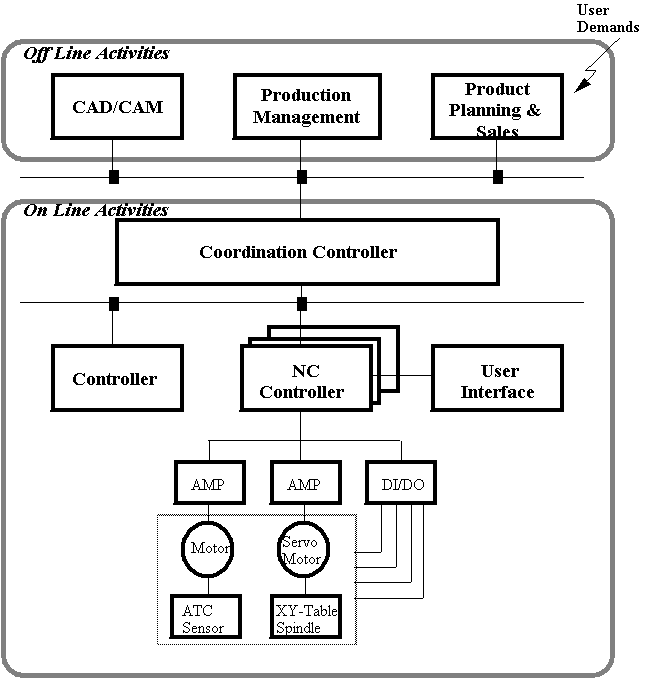
Figure 1 Reference Architecture and OSEC Implementation

Six companies which are three machine tool builders - Toshiba Machine Co., Toyoda Machine Works, Ltd. and Yamazaki Mazak Corp. - IBM Japan, Ltd. Mitsubishi Electric Corp. and SML Corp. (a company of information systems) have organized a working group last year and have been cooperated. The target of this working group is to realize an open architecture in all of factory automation (FA) control equipment featuring numerical controllers.
In Europe and America, as well known, several drafts of the open architecture are proposed so as to be flexible in response to a wide variety of FA control equipment (for numerical controlled machine tool, robot and so on) including numerical controllers as a main feature.
We, six companies, founded the working group named OSE(Open System Environment for Controller) to define an open architecture and an interface specification of the production system and to disclose and propose its result, and also to contribute to standardize a terminal of the FA control equipment for the factory as a satellite of the CALS. Therefore, the OSE has the purpose of promoting an international standard of the FA control equipment and has discussed to open the production system environment. Although the study to open the numerical controllers has been earnestly performed in the NC Open Strategy Committee (the chairman, Hidehiko Takeyama, a president of the Kanagawa Institute of Technology) and reached to the stage of completion in the discussion of reference model, our working group has the target to present a documentation of this architecture having a form to be able to install in order to achieve more definite research of the equipments. We, of course, considered opinions from the Strategy Committee sufficiently and concluded its draft. It is now the time to open the draft documentation herein and to disclose a demonstration of the experimental system.
Even though the documentation of this architecture is in a stage of the draft, we would like to open them to the public, instead of monopolizing by the six companies, and we would like to receive any opinions from users and venders to make the documentation completed.
We, therefore, prepare the English documentation available on an interest and announce them on the world wide web to review them based on your opinions. We are sure to open a future revised edition on the interest successively. The home address of the OSEC is http://www.mli.co.jp/OSE/ .
Besides, we OSE working group keeps our transparency in our study and makes our effort best to consolidate our organization freely to be joined and continued by any company, corporation and personal, including activities to Japanes government MITI etc. It is much pleasure for us to make our result contributed to promote the R&D environment for a next generation controller.
The purpose of creating a PC-based open architecture for controllers of manufacturing equipment is to provide a control system that has high cost-performance and is easy to maintain. When this architecture becomes open, manufacturers will be able to integrate their own control systems with various combinations of PCs and control sub-systems based on it. Since the architecture is based on PCs, we can expect to see high-quality software targeted on the area of factory automation. A PC can act not only as a controller of equipment, but also as the basis of an information system for plant operation. In other words, equipment based on this architecture can be the central element of a system for computer-aided acquisition and logistic support (CALS).
This announcement means that the market will open up to newcomers from all over the world; for example, it will become much simple for them to design and maintain their own manufacturing systems.
Manufacturing technology is now undergoing a third revolution, based on progress in areas of information technology, such as networking, multi-vendor sales of open systems. In Japan, the International Robotics and Factory Automation Center (IROFA) established the NC Open Strategy Committee in December 1994. This committee discusses the direction of open architecture and exchanges related information. One of its activities is to establish a reference model for CNC systems and to report any related problems.
Today, OSEC announces an open architecture based on this model, which it has enhanced to the implementation level and to which it has added a capability for customization and product differentiation.
The reference model for CNC systems consists of the following parts: an operation planning part, including CAD; machine process control part; trajectory control; axis control; discrete event control; device control; and actual devices (actuators and DI/DOs). We designed the service and the protocol for connecting modules to form the autonomous agent systems that exchange messages in distributed net-work environments.

To achieve a high degree of autonomy, not only the message protocol, but also the data related to the controlling equipment must be carefully considered. We define a new data stream that we call Factory Automation Equipment Description Language (FADL). FADL has characteristics that allows us to realize a new level of connectivity for CAD/CAM and control systems. These include abstraction of the hardware, good representation based on a common script language developed for information systems, backward compatibility with conventional EIA data (G, S, T...) and CL-data, and realtime interpretation allowing adaptive control.
This architecture is independent of the platforms, such as microprocessors, system units, operating systems, and network protocol. Since we provide a large amount of freedom in the implementation of each module, it is easy for users, control system makers, and machine tool makers to add their own original functions and features to their modules.
From the manufacturing point of view, NCs are servers in distributed manufacturing systems as shown in Figure 1.6.1. Here, we discuss the interfaces with some manufacturing activities.
User demands include normal or high priority orders, large or small lot size orders, and special or standard products. These demands are interpreted during design, manufacturing design, and scheduling activities and are converted into operation plans for the machine tools. In the case of the high priority orders, the schedule of a production line is sometimes modified.
Production management includes activities such as scheduling, quality control and maintenance in order to facilitate the manufacture of products. From the productivity point of view, the role of these activities is to improve the machining rate and the accuracy of the daily schedule and the cutting conditions.
CAD/CAM systems assist the functional design and detailed design of products, process planning, fixture design, operation design, and the preparation of the NC programs. With the rapid progress of computer capabilities, some CAD/CAM system functions can be installed with the NCs, the machine tools and the line controllers. Examples of this are the operation planning and the preparation functions of NC programs in the machining tools, and the dynamic process planning and dynamic scheduling as on-line processing in the line controllers.
This is an upper level controller to coordinate FA equipment such as machine tools, robots and part transfer equipment, and to keep the production line optimal. The FA equipment corresponds to a station level and the coordination controllers correspond to cell and higher levels, according to ISO reference models.
This includes controllers of robots and AGVs (Automated Guided Vehicle), but not the NCs of machine tools, from which the production cells are constructed.
Recently, composite machine tools integrate tool management or set-up functions, and multi-spindle lathes are required for higher productivitity. Higher functions, such as integration of operation planning or NC programming functions and adaptive control by sensor feedback, are also required. At the same time, simple machine tools are required for low cost. An architecture and the functional layers of the machine tools are discussed in Section 2.
With the progress of computer technology, including networking and open
systems, the information systems and the control systems are now able to
communicate closely. As a consequence, FA equipment and manufacturing systems
have the following requirements:
In order to meet these requirements, it is necessary to define clearly the functional layers and interfaces of current FA equipment and to make them open.
Open interface protocols will allow all production nodes to access machine tools. Therefore, access control from each node will have to be solved for the security of the manufacturing systems. The product data about design and manufacturing must be also protected from illegal access.
We can use the standard resources of personal computers as the hardware platforms and various types of software provided by multi-vendors. However, if only one of them is unreliable, it will damage the reliability and safety of the whole system. Reliability and the treatment of product liability in such situations will become global problems which will never be adequately solved by a company.
In spite of the dissemination of computer networks, there still exist many problems concerning the utilization of product data, such as representation, usage in sales, design, manufacturing design and production domains, and their conversion between different domains. These will be solved by making the manufacturing activities clear and opening their interfaces. For this purpose, it will be necessary not only to define the open architecture of numerically controlled equipment but also to work closely with the STEP and CALS initiatives.

